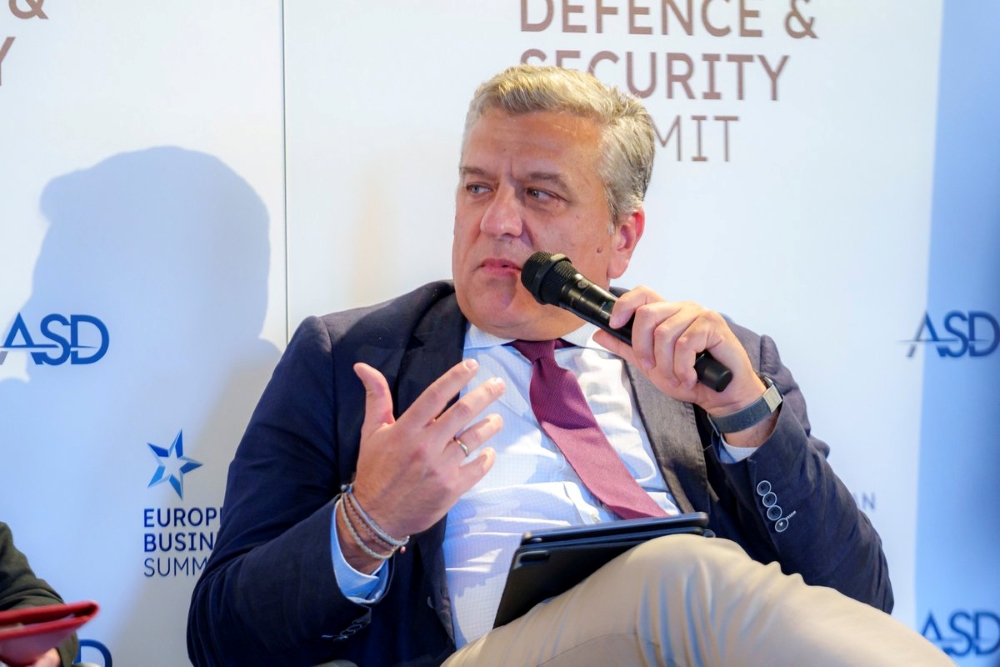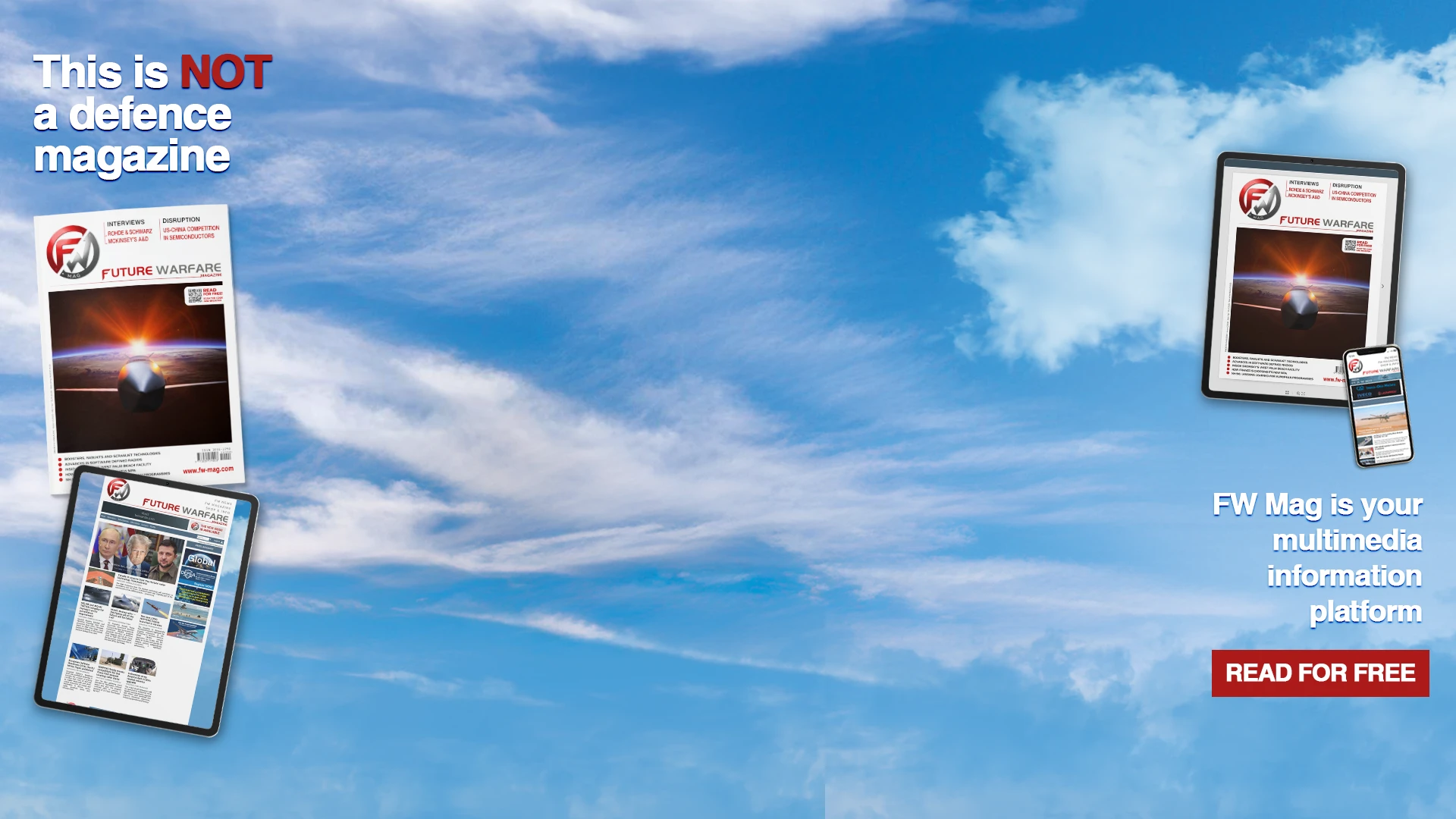
While War is making a huge comeback in various areas around Europe, hybrid threats are becoming ever more frequent and harder to tackle. From cyberattacks and disinformation campaigns to the disruption of transport and energy networks, this type of warfare is particularly complex, as it blurs the lines between civil and military domains. It therefore requires not only preparedness, deterrence, and rapid response capabilities, but also strong civil-military cooperation.
In this scenario, the role of industry is more crucial than ever. But what can industry concretely deliver to help counter hybrid threats and strengthen Europe’s security ecosystem? What are the main obstacles to civil-military cooperation, and how can they be overcome? And is the current level of EU and NATO investment in innovation and joint procurement sufficient to meet future challenges?
We discussed these subjects with David Luengo, Director, Head of Brussels Office at Indra and Chairman of the Security Business Unit at ASD (Aerospace, Security and Defence Industries Association of Europe), in a conversation held on the margins of the European Defence and Security Summit, co-organised by ASD on 10–11 June in Brussels.
FW: What do you see as the most strategic and fruitful asset your industry can provide to strengthen the resilience of Europe's critical infrastructure in a time when hybrid threats become more dangerous?
D. Luengo: The most relevant asset that the industry can provide [...] is its willingness to do things well, the willingness to deliver. And we need to know what to deliver because we do not decide: it is the customer who does it. This is a market where the customer has a lot of power; it's a monopsonic market with one single customer per country. And when you have a customer who decides on the capabilities they need, what you have to do is deliver. [Our role is] to contribute to the security of the critical infrastructures. This industry has been working to contribute to security in these domains for decades. We gather the core engineering of a sector that is very much driven by technology. Engineering is a fundamental asset, as seen, for example, in companies such as Leonardo in Italy, Fincantieri, Indra in Spain, Rheinmetall in Germany, and Thales in France. All these companies are made up of a huge amount of talent and capacity to develop solutions. Now, it is true that we are in a moment where a lot of new technologies are being introduced to the market. This will produce more possibilities to optimise the solutions, making them more efficient, effective, and productive and enabling them to have a greater impact on providing customers with better solutions, if not with greater superiority in the use of the capabilities they need. It is a challenge, but I think the industry has already gathered all this knowledge. So, we already have this. Now, what we need to do is to be asked by our customers to deliver.
FW: How are you dealing with new technologies?
D. Luengo: Artificial Intelligence (AI), for example. Now, there is 'hype' about AI, [which would dramatically] change certain technologies. This industry has been producing AI for many years now. For example, in the civil domain, we work for critical infrastructures for air traffic management. [In this domain] We have introduced automation since the 90s. Automation refers to the use of algorithms in the software development process, and algorithms are based on behaviours, patterns, and data that, due to the volume of data, can be automated through what we now call Artificial Intelligence, which, therefore, has been around for a while. This is what we aim to achieve in all domains, the civil and military domains, and with the regulations we have [in place] in the sector. The point is that now, with this hyper-advanced AI, the capacity to produce software has grown explosively.
FW: What are the main obstacles when it comes to civil-military cooperation, and how can industry help bridge these gaps?
D. Luengo: I think the line between the civil and the military is blurring. For example, when an incident occurs in the civil infrastructure, you see that the military is becoming increasingly interested, as some incidents are often caused by a state - and therefore [it is a matter of] national security or even national defence. This is why NATO is entering waters that were previously unexplored. This is why we call [the threats] hybrid. So, there are good advantages to doing so [despite] some discrepancies in terms of operations, best practices on both sides and confidentiality of the information. I see that there are good opportunities to cooperate in a case-by-case scenario, and both sides need to respect the mechanics and the way of behaving in the operational domain as well.
FW: Do current EU (or NATO) research funding mechanisms programmes provide sufficient support for innovation and interoperability in the face of emerging hybrid threats?
D. Luengo: You are talking to the industry... "Sufficient.." We are never happy, you know. The truth is that ten years ago, we had zero. We only had national budgets, which were very limited because we were not aware of the things we are aware of nowadays. For example, in 2015, the European Commission promoted the creation of a group of personalities to discuss the proper level of ambition in research and development for defence.
At the first meeting (I was part of this group), we were already discussing: "What would be this level of ambition? In Germany they invest €500 million a year, in France €500 million, in the UK – Brexit hadn't happened yet- €500 million a year in Italy €300 million in Spain €40 million. How can we put on the table an initiative from the EU that could be attractive enough and not a duplication, but an effort to consolidate all that?" We decided [that it should have been] at least the amount of the one that invests more in R&D - so €500 million - and we decided to put on paper: "It would be wise to invest 500 million annually for research and development events ". The Commission, one year later, presented a proposal of €1 billion - doubling the level of ambition. We are now in a situation where, [when it comes to] the European Defence Fund, almost €13 billion were adopted initially. We have been investing 1 billion per year, and there is still room until 2027/2028. I think that it is a good amount of money which, together with the national budgets, can make a change. So, is it sufficient? I would say so, in relative terms compared to what we had 10 years ago. Is it sufficient to cope with the needs of today or tomorrow? I don't know; maybe we should not only focus on R&D but also on how to bring all these R&D outcomes to market. This is related to acquisitions, so now we need to shift our focus to how we introduce this to the market and what procurement incentives would be necessary to purchase what we have developed.
FW: ..like what the EU is doing with EDIRPA?
D. Luengo: EDIRPA, ASAP, were [part of a] first try to incentivise joint procurement to invest in capacity building together. Don't forget that we're in the European Union, which is a body in itself, and its main purpose is to do things in a European way. Which is not only the sum of the parts; it's also creating a European layer. And this is very complex. In NATO, this is largely the same, although with a big difference: they don't have a budget as the European Union [does] for this. So, we can have incentives, and they can have quite smart tools to detect who the good start-ups are or the ones that are more innovative or able to develop specific solutions - but the level of ambition is different.
FW: From your perspective within ASD, where should European policymakers focus their efforts to better align industrial capabilities with the EU's resilience and preparedness goals?
D. Luengo: When you make policy in the European Union, you make policy for the European Union [as a whole]. In terms of, for example, critical infrastructures, it is not only the protection of [them] at the national scale (such as the port of Genova or smart grid in the south of Italy or Spain or Finland), but it is the fact that we have a European scaled network that is more and more connected, and [for which] have used a lot of EU money to build this network. [For example], the Connecting Europe Facility has invested billions of euros in developing, improving, and modernising the network of transport, energy, and digital [infrastructure], investing a lot of money to create this network. However, this network has become larger, bigger, and denser, with more connectivity and a digital base. When you are in a network that is so dense and very large, you increase the number of vulnerabilities. So, you need to invest. What do policymakers need to do to provide protection? To invest in the network, to invest in the security of the network and for the network.








.png)
